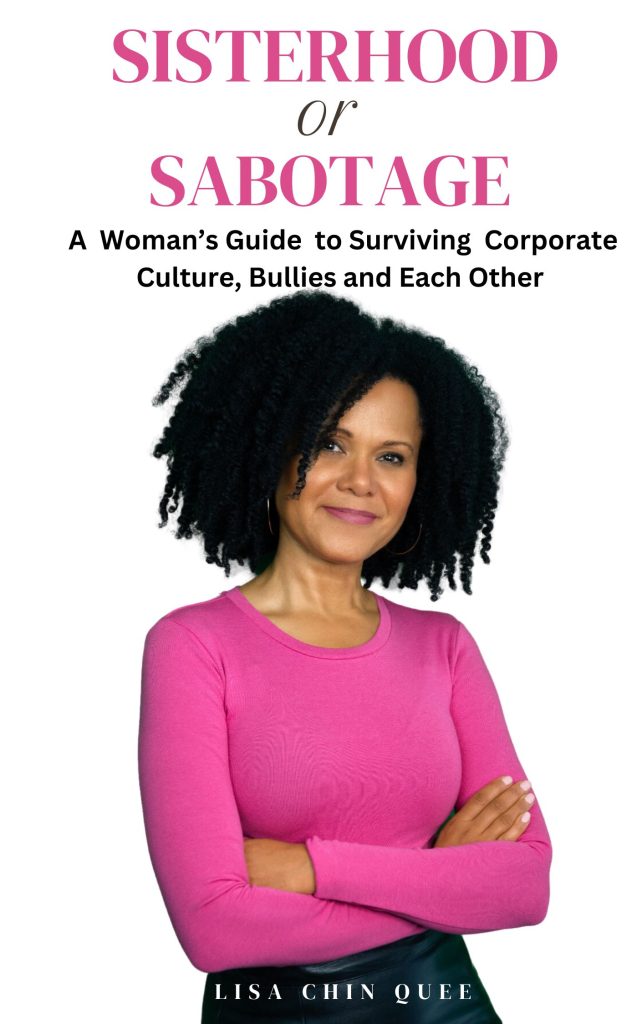More women in executive positions means more profits for companies. What? Do you need me to say it again? More women in leadership roles translate to higher profits; an increased bottom line. Yes, that would make sense considering approximately half the population of the globe are females and contrary to a particular antiquated school of thought – the gender on a whole is fairly intelligent and business savvy. Natural talent and understanding how the other half makes decisions – first hand – for their households is a unique added superpower; especially in boardrooms.
This I know and believe, it makes logical business sense but the statements above are not merely my own wishful thinking – they are facts, fully supported by research published by the UN’s International Labour Organization (ILO). The report shows companies that increase gender diversity in management positions have significant increases in profits ranging from five to 20 percent. The findings were based on a survey of 13 000 companies across 70 countries.
The individual increases may or may not be based on the following gleaned from the survey but they are points that should be taken seriously. Fifty-seven percent of the businesses surveyed said the increase of women at the top made it easier to attract and retain talent, and others said they saw more creativity, innovation and openness while enhancing the company’s reputation.
“These results are eye-opening,” said Deborah France-Massin, who heads ILO’s employers’ activity bureau.
What Does Balance Look Like?
Balance isn’t necessarily a 50-50 split but defined as a 40-60 percent ration of either gender. However, according to the ILO, the benefits of gender diversity take effect when it is at least 30 percent of senior management and leadership positions. At least 60 percent of companies within the survey acknowledged that they did not meet these numbers. And in nearly half of the companies, their entry-level management recruits did not meet the one out of three ratio.
There is still a far way to go and with the range in cultural expectations and laws internationally, the numbers vary from continent to continent.
The Global Range
The Middle East and North Africa counted only 10 percent of women in management positions. Although globally more women are working they are less likely to have a job than men; consequently, less likely to be in executive roles.
Throughout the world only 20 percent of women are chief executives, and they are usually in smaller companies. On a side note; when comparing the volume of small companies to large companies – small companies make up the majority of companies world wide, for example in Canada almost 98 percent and 99 percent in the USA. Consequently small businesses are the foundation of a thriving economy.
“It is still quite clear that there are fewer women in (management) roles than in the workforce as a whole. And the higher you go up the chain of command in a company, the less likely you are to find women,” says France-Massin.
Pink Collar Ghetto
The Pink Collar Ghetto, refers to fields in which women are typically hired and the wages are lower; it’s in these areas where they usually rise to management levels. France –Massin points out that women exceed in management positions in the areas of human resources and administration more so than financial management.
The primary driving force behind a company is making a profit and so if the fears of hiring women at the executive levels are loss of profits and/or placing a company in jeopardy – that excuse can no longer be used to maintain glass ceilings and glass walls. France Massin said it perfectly: “Companies should look at gender balance as a bottom-line issue, not just a human resources issue.”
Side note: as I sit writing this piece, the breaking news is that Rihanna’s Fenty Line has propelled her to be the wealthiest female musician in the world – she is as female and as authentic as one gets.
Of course I couldn’t just end without highlighting some of the most successful female executives – the list is short and by no means complete or globally inclusive. Although the examples of excellence are of women in Fortune 500, many smaller successful companies are run by women. As well, keep in mind that the majority of businesses that keep our economy healthy are micro and small businesses.
What’s Fortune 500?
“The Fortune 500 is an annual list compiled and published by Fortune magazine that ranks 500 of the largest United States corporations by total revenue for their respective fiscal years. The list includes publicly held companies, along with privately held companies for which revenues are publicly available.”
Women Powerhouses
Indra Nooyi, PepsiCo

DAVOS/SWITZERLAND, 28JAN10 – Indra Nooyi, Chairman and Chief Executive Officer, PepsiCo, USA; Economic Forum
swiss-image.ch/Photo by Michael Wuertenberg
Indra Nooyi changed the way PepsiCo did business and increased sales 80 percent over 12 years as CEO. According to CNN Business by paying attention to society’s shift in healthier food choices, she carefully maneuvered the offerings into three categories: Fun For You, the company’s legacy of soft drinks and chips. Better For You, low calorie snacks and diet drinks that include baked chips. Thirdly, Good For You, includes Sabra Hummus, Quaker Oats oatmeal and Naked Juice smoothies. The combination of the three categories captures the varying degrees of tastes and the health conscious.
Ursula Burns & Anne Mulcahy, XEROX
The story of Ursula Burns and Anne Mulcahy makes history as more than one firsts. Ursula Burns is the first African American CEO of a fortune 500 company, and the first woman to follow another woman CEO, Anne Mulcahy. These two women worked together first while Mulcahy was CEO, and once she resigned, Burns stepped into the position.
Mulcahy stepped into the role of CEO in 2000, when XEROX was on the verge of bankruptcy. She ignored the financial advisors who told her to declare bankruptcy and took the risky route and hunkered down with committed executives all over the world, and sold pieces of Xerox, farmed out manufacturing and eliminated jobs and expenses. Ultimately, saving the company and paying off its debt and improving the product line.

Anne Mulcahy and Ursula Burns, 2010, Xerox
Working closely, Burns executed on the plans with Mulcahy and so it was a natural for her to fulfill the role after Mulcahy’s departure. In her tenure she lead the transition from document to diversified services and the transformation of Xerox into two separate publicly traded entities. Both Mulcahy and Burns were long time employees of the company.
Source:
Gender diversity good for businesses and economies: UN, by Nina Larson, Phys.org
CNN Business (https://money.cnn.com/2018/08/06/news/companies/indra-nooyi-pepsico/index.html ) CNNMoney’s Paul R. La Monica and Julia Carpenter contributed to this report.
Ursula M. Burns : https://www.bloomberg.com/research/stocks/people/person.asp?personId=593846&privcapId=379316
Small Business, by Vangie Beal : https://www.webopedia.com/TERM/S/small_business.html
Canadian Small Business Defined, Stradegy.com, https://www.stradegy.ca/article/canadian-small-business-defined





